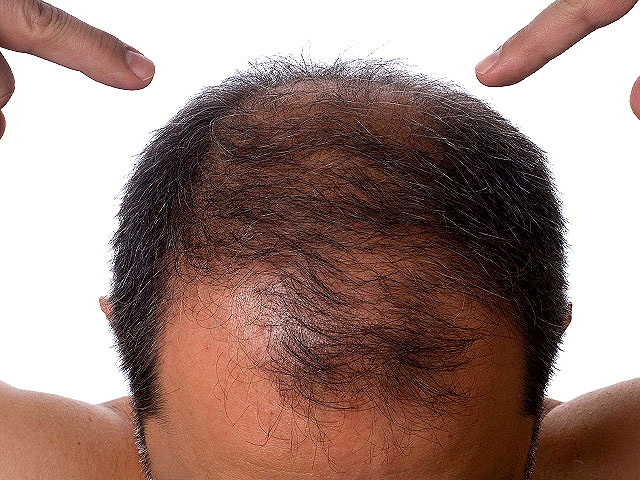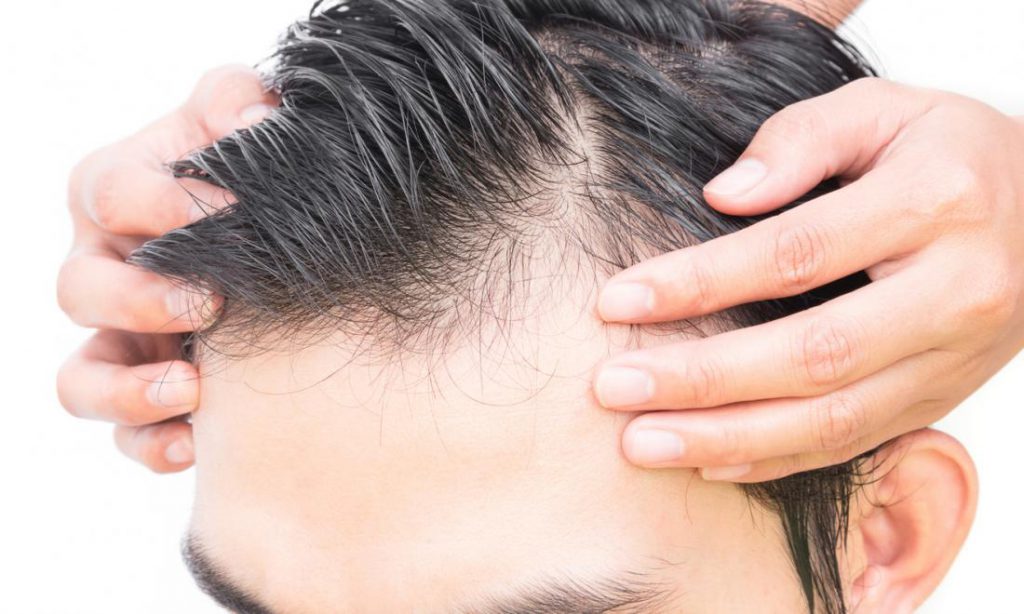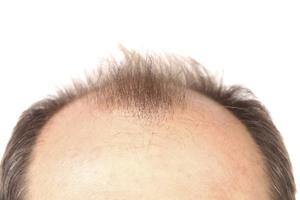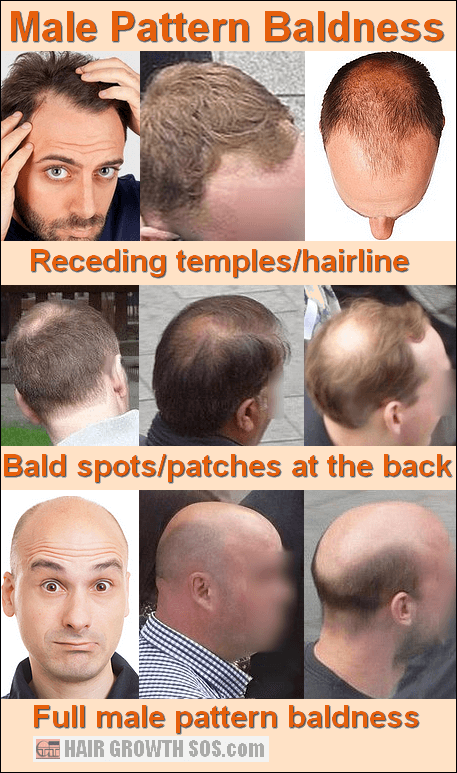Edwin Shepherd
What is the Trait Being Tested?
Male pattern baldness is a very common trait that affects around fifty million men in the United States, roughly fifty percent of the male population by the time that they reach fifty years of age, and eighty percent by the age of eighty (MacGill). Male pattern baldness is where hair thins out on the top and front of a man’s head causing a receding hairline and patchy hair. There are over 250 genes with genetic variations that impact male pattern baldness. The AR gene that codes for androgen receptor protein is one of the most important genes when it comes to hair loss. The main function of the androgen receptor protein that relates to hair follicles is to help hair follicle cells detect androgen hormones like testosterone. The testosterone affects whether or not a person’s hair will grow and how it grows. If these genes were altered, it would completely change the way that the hair grows and whether the hair grows or not (The Genetics of Baldness).

Why Get Tested?
Someone would want to get this test to determine whether they are likely candidates to get male pattern baldness. I would recommend taking the 23andMe genetic test as it is a fairly cheap way to determine if you are likely to have male pattern baldness. The 23andMe tests can range anywhere from $80 to $100 depending on where you buy it from. The 23andMe test is not 100% reliable but if the results say you are going bald, then you are most likely going bald. The test is less reliable for non-Caucasian ethnicities, but still pretty reliable. Male pattern baldness is hard to prevent, but if a man begins taking medications to slow hair loss or to try to regrow hair. While male pattern baldness is not something that is desired among American men, no health effects come along with it. Male pattern baldness is purely aesthetic as no man with male pattern baldness is at an increased risk of any disease because of the condition.

Think Before You Spit
If someone is uncomfortable with their genetic information being known by a large organization, they should not take this test. 23andMe has resisted getting the FDA to approve their test to be a “medical device” on multiple occasions and has avoided contact with the FDA, so there are certain sketchy elements of the company (Seife). If a person would rather not know the likelihood of them getting male pattern baldness, they should not take this test. The test is not 100% accurate so it is possible for someone to take the test, have the results say that they will bald, and then not have male pattern baldness.

Ethical Considerations
The consumer who purchases and takes the 23andMe test must think it is acceptable for the company to have their genetic information stored. The consumer must also be prepared for the stress and sadness of a possible test result that puts them at higher risk to get male pattern baldness or something worse, such as something that is life-threatening like cancer. I could not find any studies on how people react to male pattern baldness, most likely because male pattern baldness is not life-threatening, only potentially depressing.

Asking the Right Questions Before Getting the Test
Genetics
is the most influential factor for male pattern baldness as 79% of cases are
hereditary, but it is not the only factor (Myth Busting). Stress is also a
cause of hair loss, so if someone is constantly in stressful situations, they
become more likely to develop male pattern baldness. Generally, the most
important relative for male pattern baldness is the maternal grandfather. Male
pattern baldness is an X-linked trait so it is passed down along the mother’s
side of the family. Whether or not a person’s maternal grandfather has male
pattern baldness is extremely influential on whether or not the person will
have male pattern baldness. There is not much that a person can do to prevent
hair loss, so if a person takes the test and it comes back positive for male
pattern baldness, they can only take medications to slow hair loss like
Finasteride or try products like Rogaine to try to regrow hair.
Citations
Baldness. SNPedia. https://www.snpedia.com/index.php/Baldness. Accessed November 14, 2019.
MacGill M. Male pattern baldness: Causes and treatment. Medical News Today. https://www.medicalnewstoday.com/articles/68077.php. Published July 28, 2017. Accessed December 10, 2019.
Myth Busting: The Baldness Gene. hims. https://www.forhims.com/blog/baldness-gene. Accessed November 14, 2019.
Seife C. 23andMe Is Terrifying, but Not for the Reasons the FDA Thinks. Scientific American. https://www.scientificamerican.com/article/23andme-is-terrifying-but-not-for-the-reasons-the-fda-thinks/. Published November 27, 2013. Accessed November 14, 2019.
The genetics of baldness: More complex than you might think. Helix. https://blog.helix.com/male-pattern-baldness-genetics/. Published July 23, 2019. Accessed November 14, 2019.
